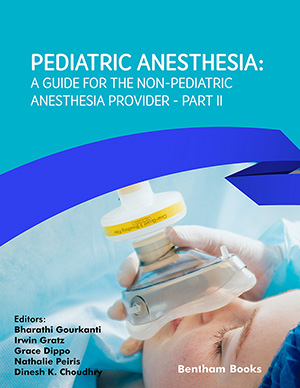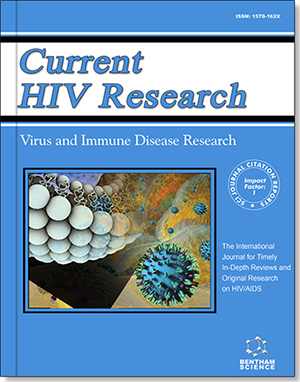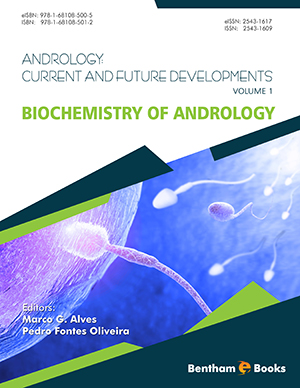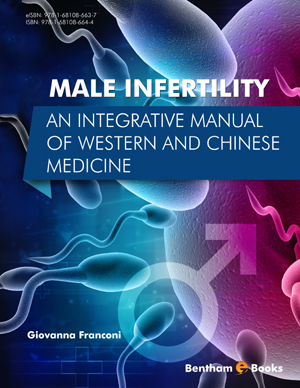Abstract
Inadequate pain management in children not only leads to immediate stress
and suffering, but it can also influence long-term psychological, physiological, and
emotional outcomes for the patient and family. It is well-established that neonates not
only feel pain, but also have an exaggerated perception due to immaturity of the
descending inhibitory pathways. In addition, various physiologic differences influence
the effect and duration of various medications. Despite the existence of many validated
tools and pain scales, the assessment of pain in children is challenging. Successful
acute pain management targets various elements in the complex system of pain
transduction, transmission, modulation, and perception. A multimodal approach
targeting multiple steps in the nociceptive pathway is more effective than those
involving a single target. Regional analgesic techniques supplemented with opiates and
nonopioid medications have proven to be effective in controlling postoperative pain.
Traditionally, caudal and epidural analgesia have an established record of safety and
are popular regional techniques in children. However, advances in ultrasound-guided
techniques have encouraged pediatric anesthesiologists to perform more regional
blocks in children. Additionally, application of the enhanced recovery after surgery
(ERAS) protocol for major surgeries and concern about the opioid epidemic has led to
increasing awareness about the benefits of regional anesthesia. In this chapter, we will
discuss the fundamentals of pain perception in children, the assessment of pain and the
multimodal approach to manage it, relevant pharmacology, and various regional
techniques in routine and complex pediatric surgical patients.
Keywords: Caudal epidural, Central neuraxial blocks, Cerebral palsy, Chronic postsurgical pain, Developmental pharmacology, Enhanced recovery after surgery, Lower extremity nerve blocks, Lumbar epidural, Multimodal approach, Neonates, Nonopioid analgesics, Opioid analgesics, Opioid-induced hyperalgesia, Pain assessment, Pain neurobiology, Peripheral nerve blocks, Pharmacotherapy, Spinal fusion surgery, Spinal in neonates, Upper extremity nerve blocks.





















